From Stiff to SPEED
Health & Fitness February 13, 2012 johnwooton 0
In the last of a three-part series, our resident trainer explains how speed training starts with getting stiff and can end with making the play.
Training Time | Tim Rudd for IYCA
This column is the last installment to a three-part Leaning Tower Series. As explained in the last two installments (featured in the April and May issues), this strategy helps young athletes get stiffer during through their feet, ankles, legs and butt. The ability of athletes to get stiff during sporting movement is a key indicator to athletic success.
Here’s a quick recap of the first two installments:
Strategy 1: Penguin Walks are used to teach stiffness through the foot, ankles, calves, leg and butt. The coaching cue is clenching a golf ball between the butt cheeks and “credit-card-under-heel” (heel just high enough to slide a card underneath), to get your athletes to get and understand stiffness.
Strategy 2: Wall Drill, the difficulty increases by taking the concept of stiffness to the wall. This is a great coaching tool to put athletes in an ideal acceleration angle while teaching hip separation and stiffness during acceleration.
Next, athletes move off the wall to further progress the intensity and functionality of the drill.
The Leaning Tower Hold is the next logical progression after the wall drill. This puts athletes out in space in an acceleration/deceleration position of the lead leg. Same cues are used; golf ball between butt cheeks, credit card under heel. The goal is for athletes to maximize ankle dorsiflexion while maintaining this stiffness at higher angles that are encountered during play.
To up the intensity the athlete should attempt to lift the back leg off the ground straight up or with a knee drive, creating more eccentric force and requiring more stiffness on the lead leg. This is also a great assessment tool to test the athlete’s ability to decelerate in a static position.
Finally, the athlete can progress to Leaning Tower Walks “” both forward and sideways. This starts to link acceleration and deceleration together. As the lead leg will have to use the prerequisite stiffness to push into the ground while simultaneously driving or punching the opposite knee through into deceleration in preparation for the next acceleration.
This is the key to the Leaning Tower series. If athletes can’t get stiff, they wont be able to resist and reproduce force in the opposite direction quickly. In other words deceleration isn’t about stopping as much as it’s about your athletes ability to maximize their ability to re-accelerate quickly in order to make a play. This is the genesis of athletic success, creating space to make a play on offense or the ability to cut off angles and get to a point quicker on defense. The athlete who can do this quicker and more effectively makes the play.
The great thing is that this all can be integrated into an athlete’s warm-up before training or even practice. So it’s not only a great teaching tool, but it can effectively prepare your athlete’s nervous system for power, speed and agility training as well as sporting movement.
Here is a simple template on how to progress through this series during a warm-up:
– Penguin Walks in place>Walking >Low-knee walking>High-knee walking
– Wall Drill>Leaning Tower Hold > Leaning Tower Leg Lift > Leaning Tower Knee Drive> Leaning Tower Walks
– Low-knee skips>High-knee skips>Low-knee runs>High-knee runs
These are specific speed movements that help improve an athlete’s ability to accelerate/decelerate more effectively when implementing sport-specific movements of speed, agility and power training. This is why implementing it implementing it into the warm-up is a great opportunity to rehearse movement skills that will positively impact performance and health.
VIDEO EXTRA: See videos representing all of the Leaning Tower movements by visiting SportStarsOnline.com/video/TrainingTime
Check out this article in the digital edition of SportStars Magazine…From Stiff to SPEED
Previous Article… Squeeze!
johnwooton
SportStars Magazine: High School Sports Articles Online SportStars is your go-to source for the very best high school sports articles in California. Player and team profiles, game coverage, health and fitness tips and the largest Camps, Clinics & Combine resource for athletes. We're the story behind the stats.

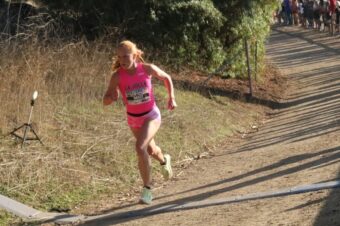
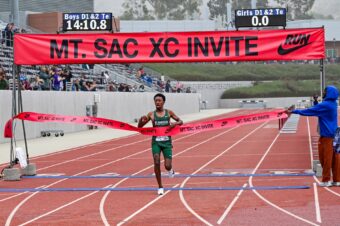

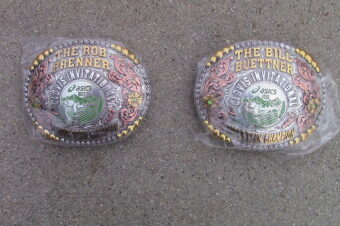
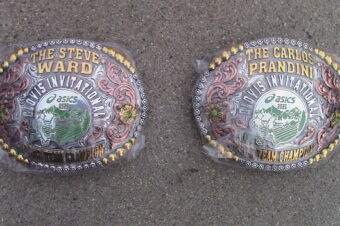

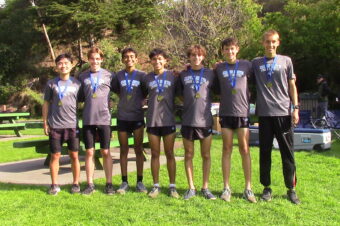

No comments so far.
Be first to leave comment below.